Do you know those annoying few weeks in the year when it’s too hot for a coat but too cold to go outside without one? This is precisely when figs pop up on every menu in London, thanks to the principle of scarcity:
the very best of the crop is available only for a few weeks in parts of September and October
suppliers often offer massive discounts on slightly overripe figs, which can be bought in bulk and used to make large batches of pureés and compotes
Lucky for us, their leaves can be picked almost year-round, except during the coldest parts of winter. They have vegetal notes reminiscent of matcha as well as toasted coconut, vanilla and tonka notes.
While using fig leaves at restaurants where I have worked, I noticed they mildly coagulate dairy. This is due to an enzyme called ficin. Because of this, infusing them in cream to be piped as a finishing garnish is not the best idea because it will split and weep slightly on the plate. However, they are successful in applications such as pannacotta because the dairy is stabilised by gelatine or pectin in order for it to set.
Not wanting to be left behind in this fig frenzy, I endeavoured to make a fig leaf burnt basque cheesecake with a fig compote. Instead of adding vanilla beans like in a traditional recipe, I blended fig leaves into the batter and let it infuse for a few hours in the fridge before straining.
At this stage, things looked promising, and I was happy with the colour and flavour that the batter had taken on. I baked it at 230C for 18 minutes and took it out while it still jiggled in the middle but had a caramelised exterior. This would normally yield a custard-like texture in the middle once set.
Disappointment set in once I realised that the combination of high heat and coagulation from the ficin resulted in an interior that was essentially watery, fig leaf-flavoured ricotta (yuck!). This was evident from the second I cut into it, so I managed to spare anyone else´s taste buds from this abomination by sheepishly binning it.
ATTEMPT 2:
My main errors were blending too many leaves into the batter to speed up the infusion time and using a method that requires a scorching oven. To rectify this, I used fewer fig leaves (5% the weight of the cream cheese), infused for a longer time (at least 4 hours or overnight).
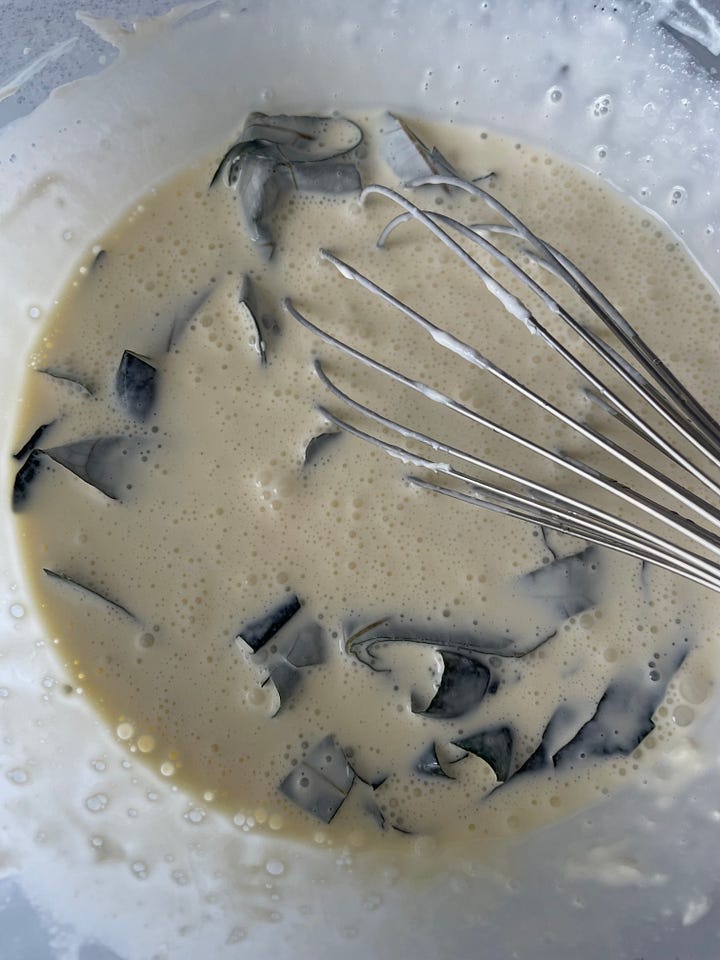
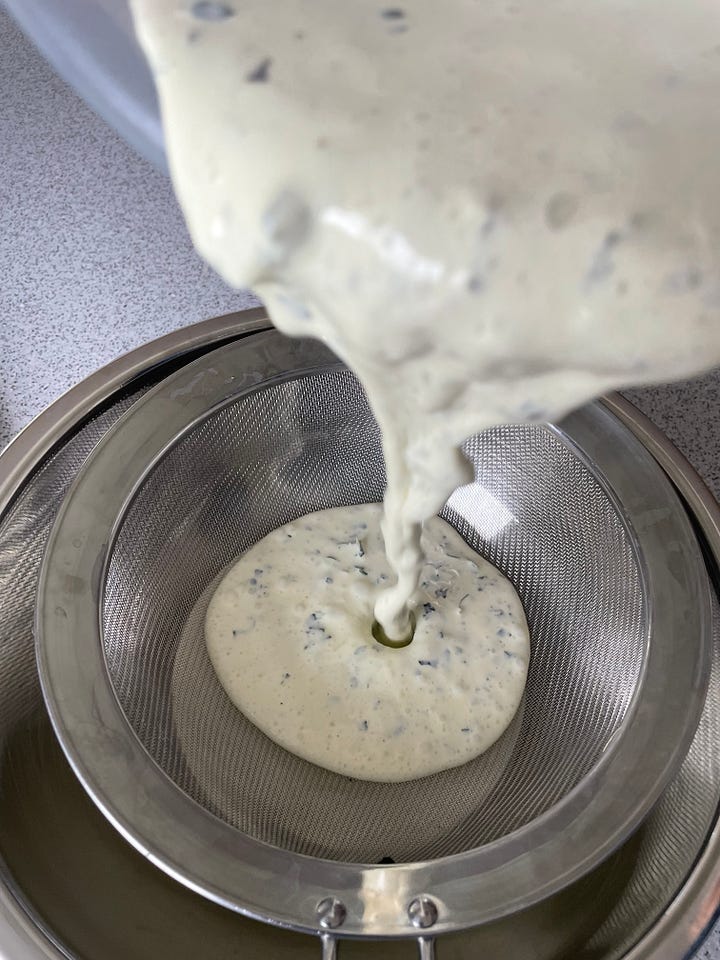
It was then slow-cooked at 90C for 2 hours.
For it to set completely, the cheesecake must cool at room temperature for at least 45 minutes and then be refrigerated overnight.
While an obvious and excellent pairing would have been figs themselves, I wanted to take the opportunity to pair the cheesecake with some sharp, sweet blackberries which are at their best in these late summer- early autumn months. I added them fresh and in the form of the shiniest geleé.
For the geleé, I lightly gelatinised some pureéd blackberries and strained them through a very fine-meshed strainer, then poured the mix on the refrigerated cheesecake and allowed to set for an hour.
The cake sliced up beautifully with a hot knife and had a mousse-like texture that held the depth of flavour I was looking for.
With the end of peak fig season fast approaching, the transitional phase between summer and autumn is over; it is time to wear a coat.

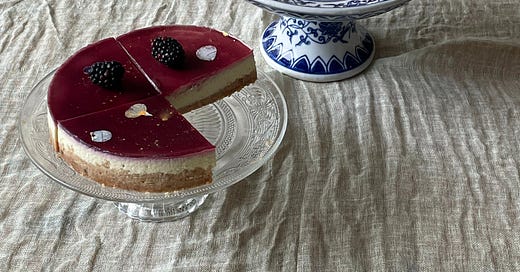



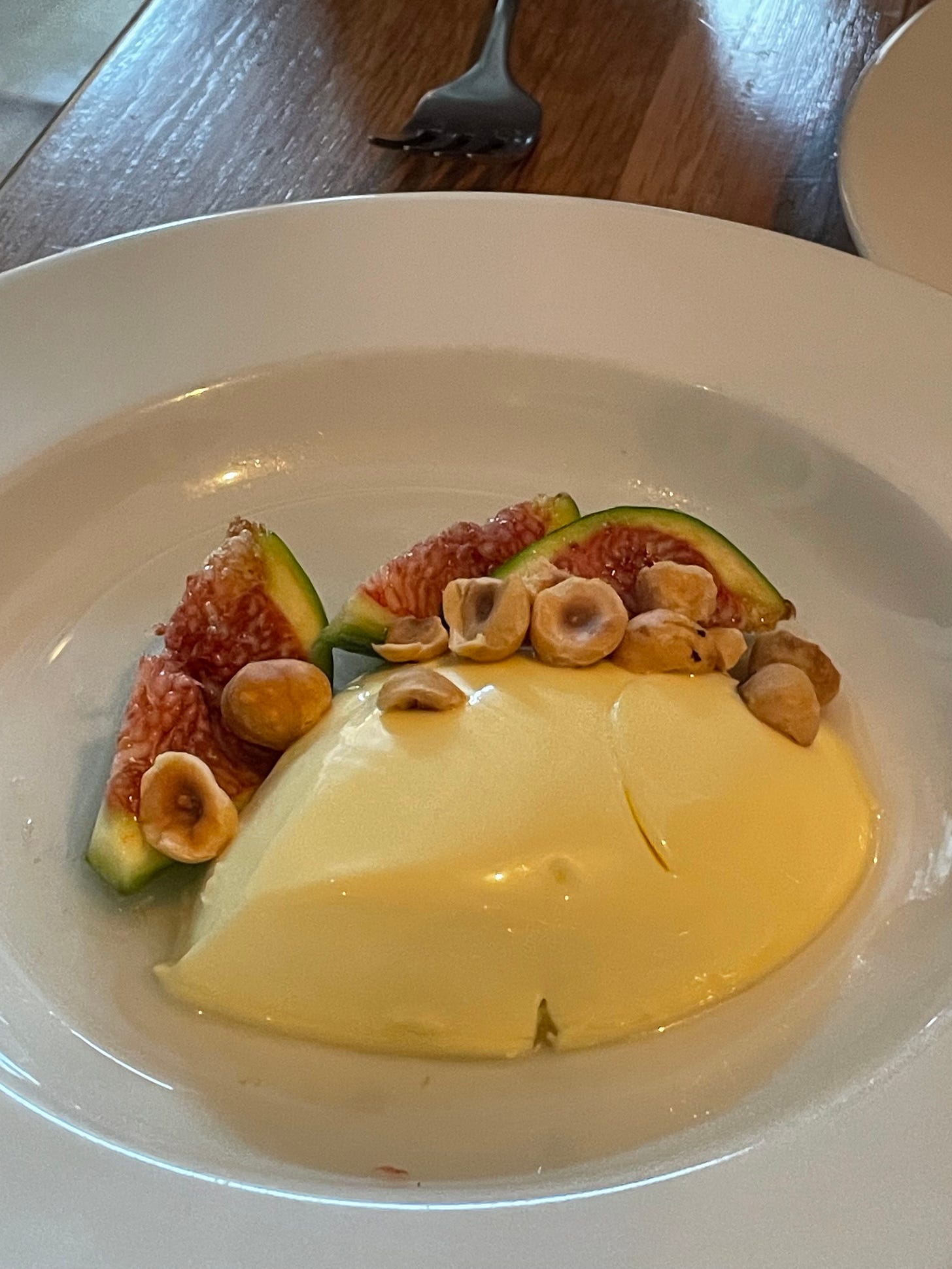
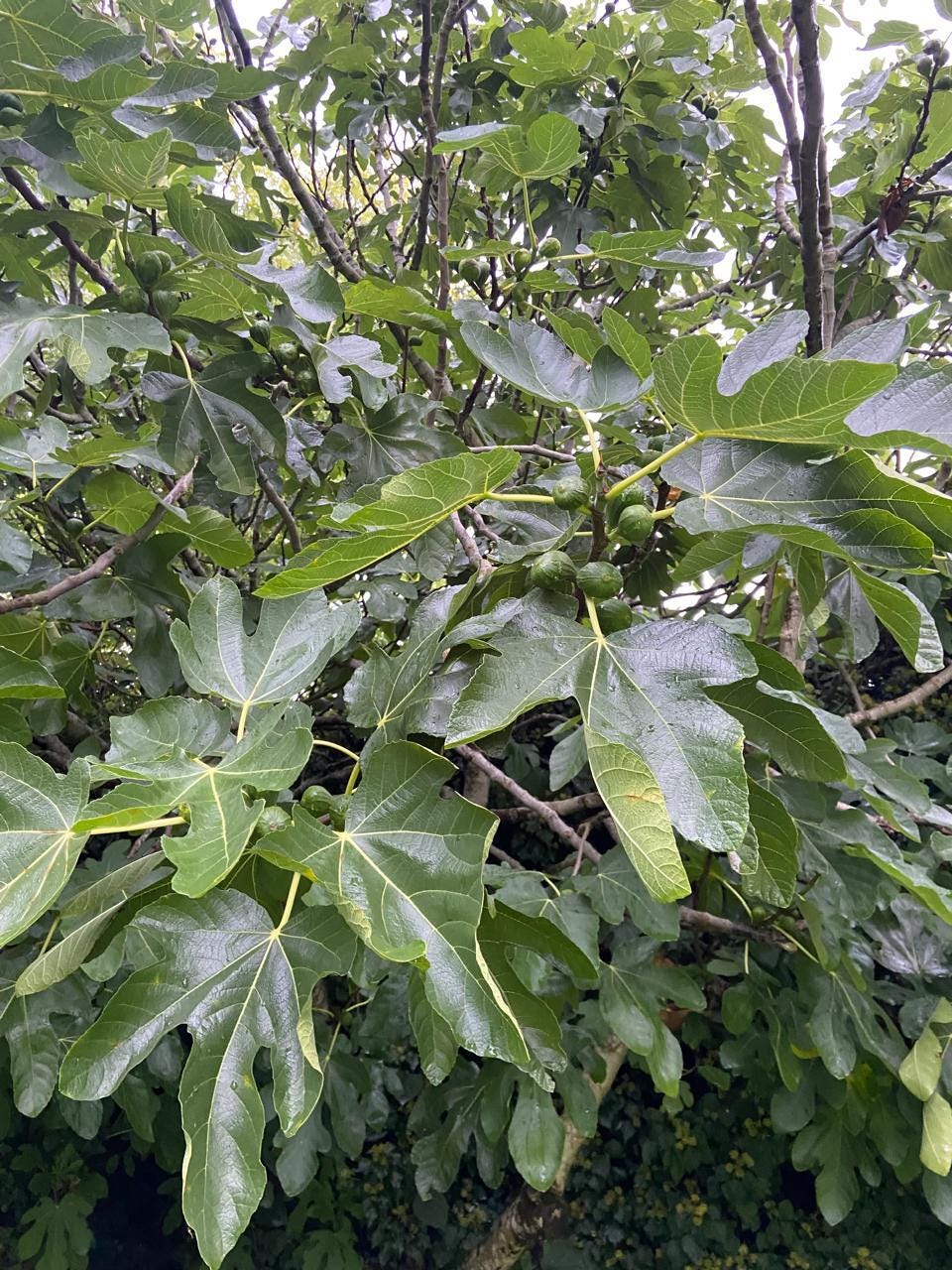
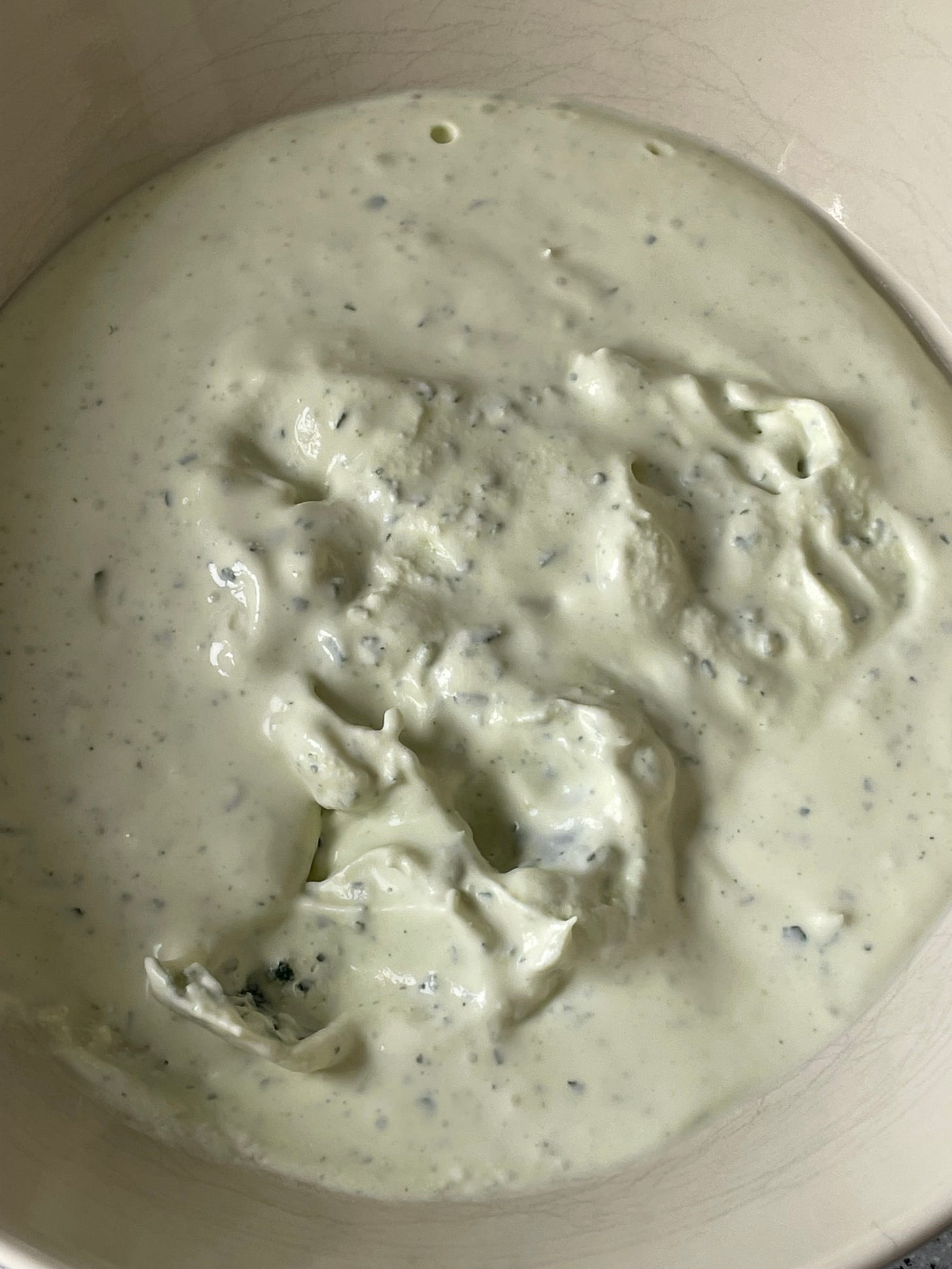
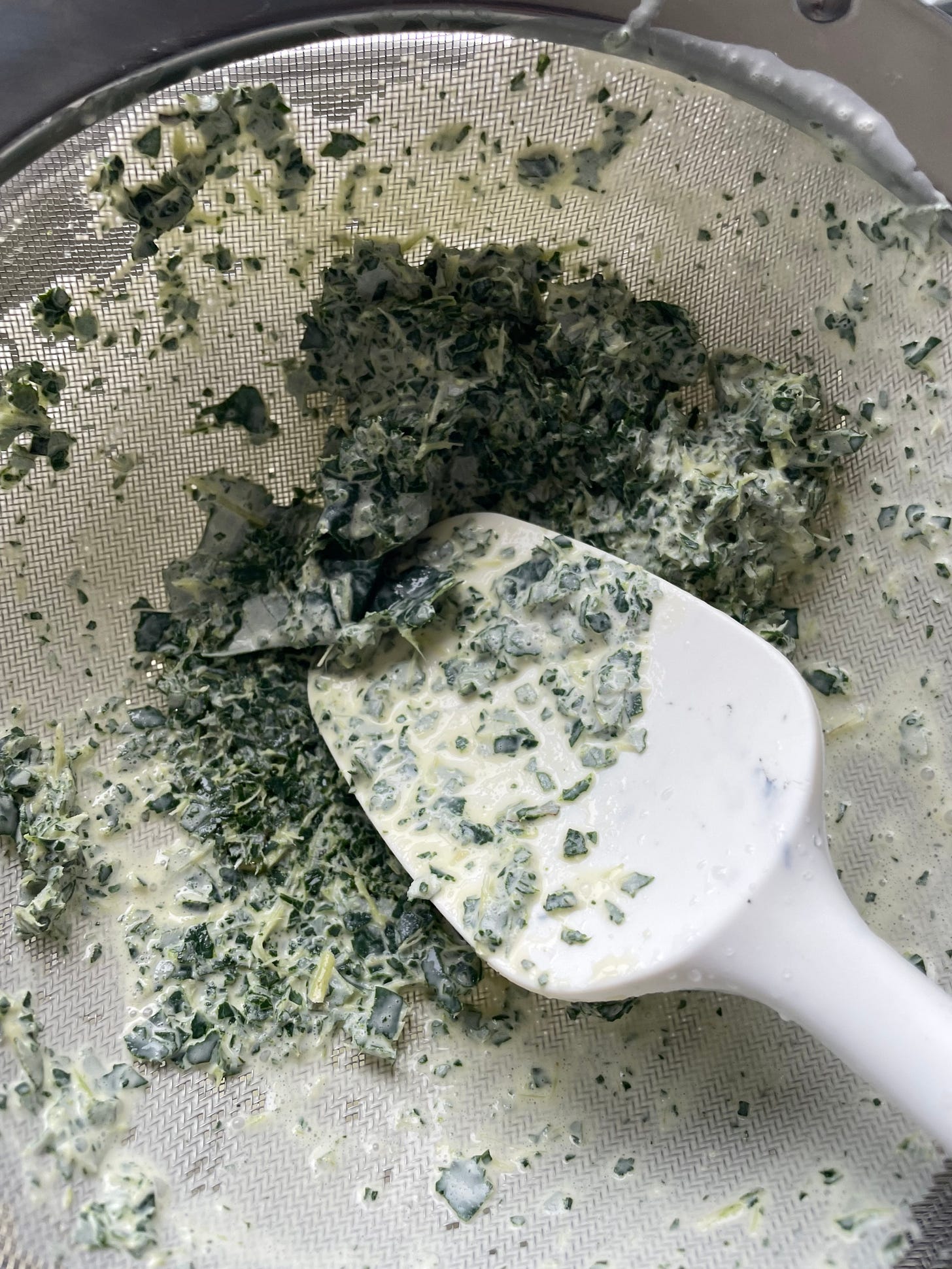
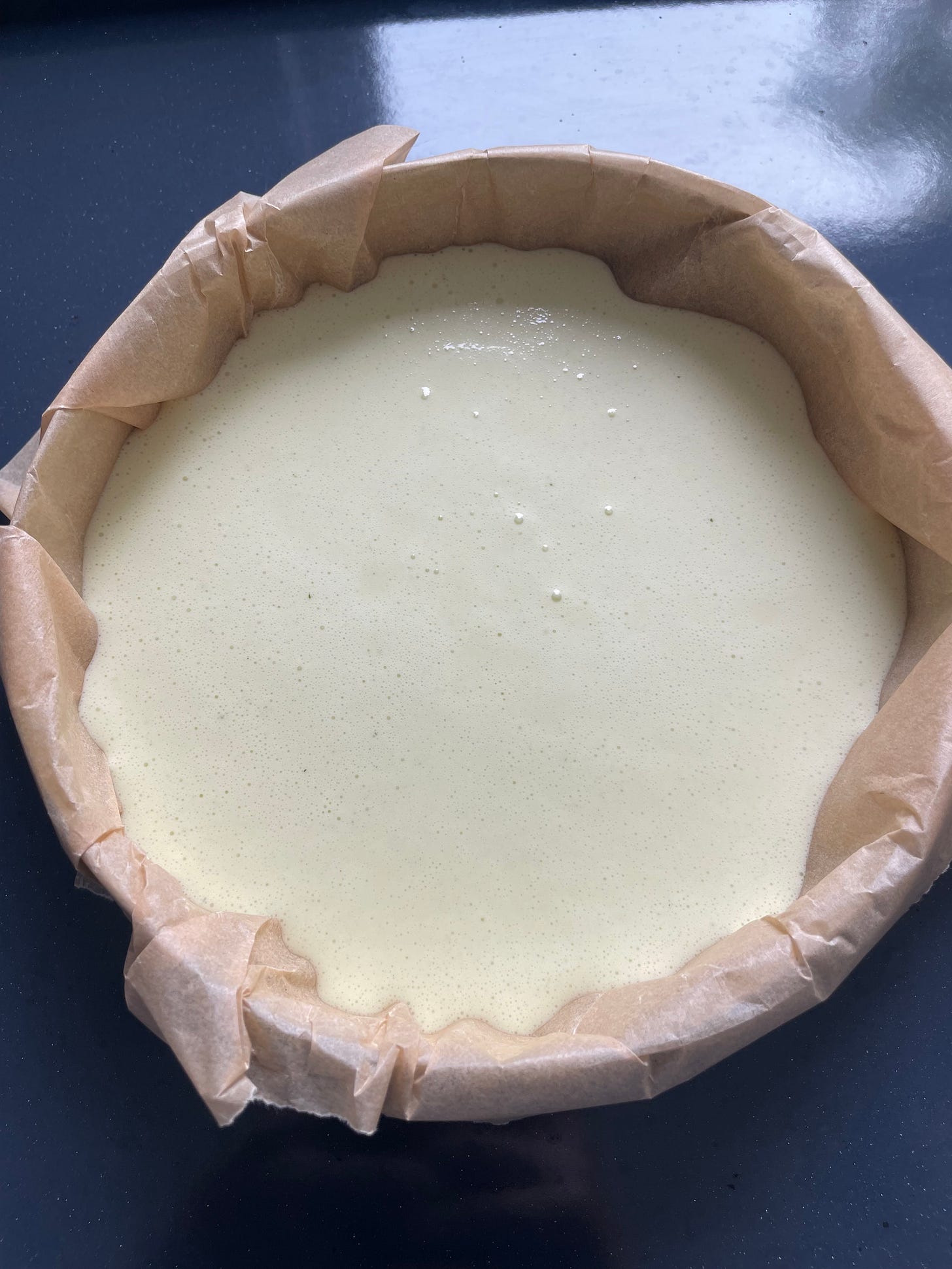
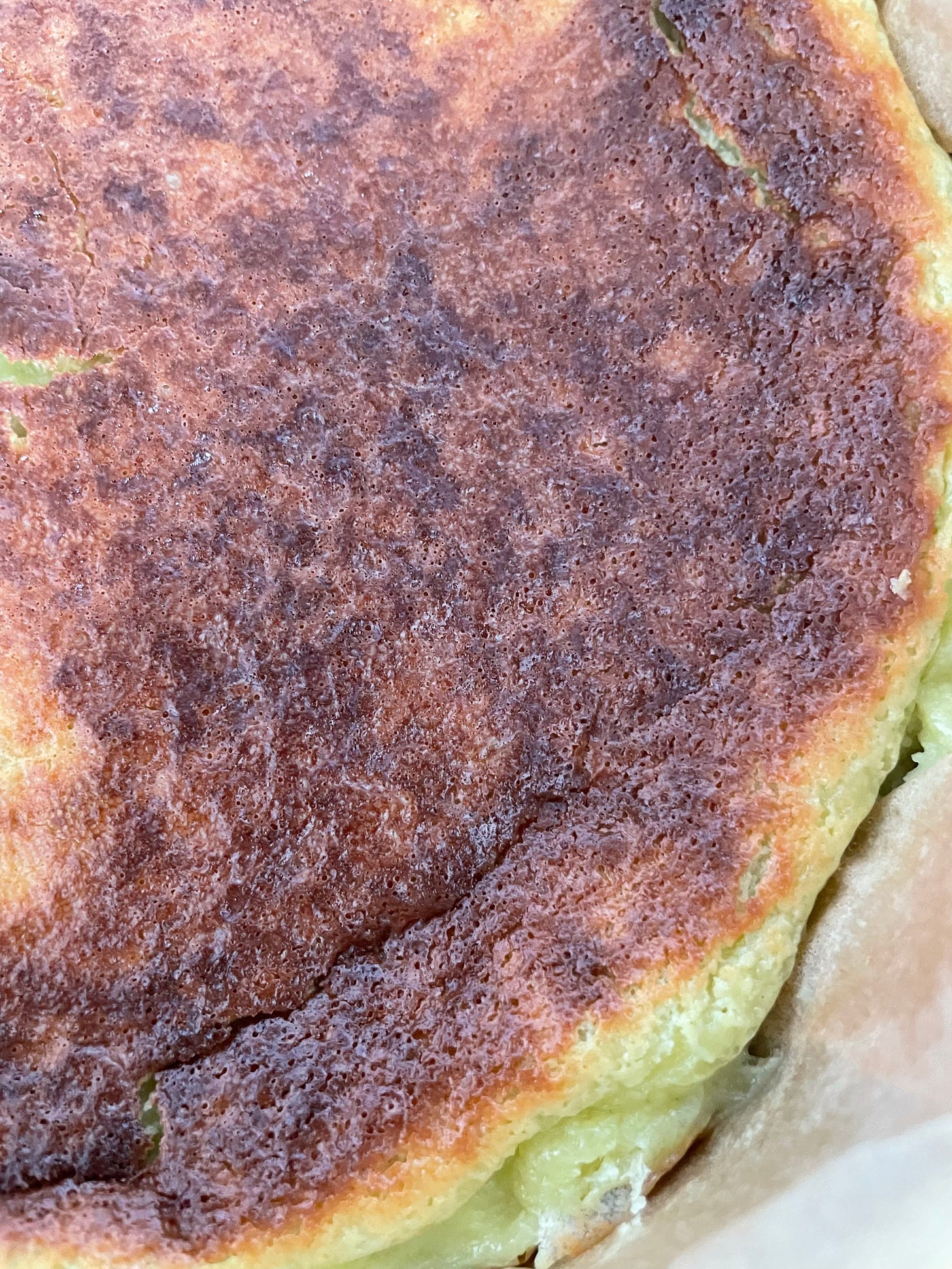
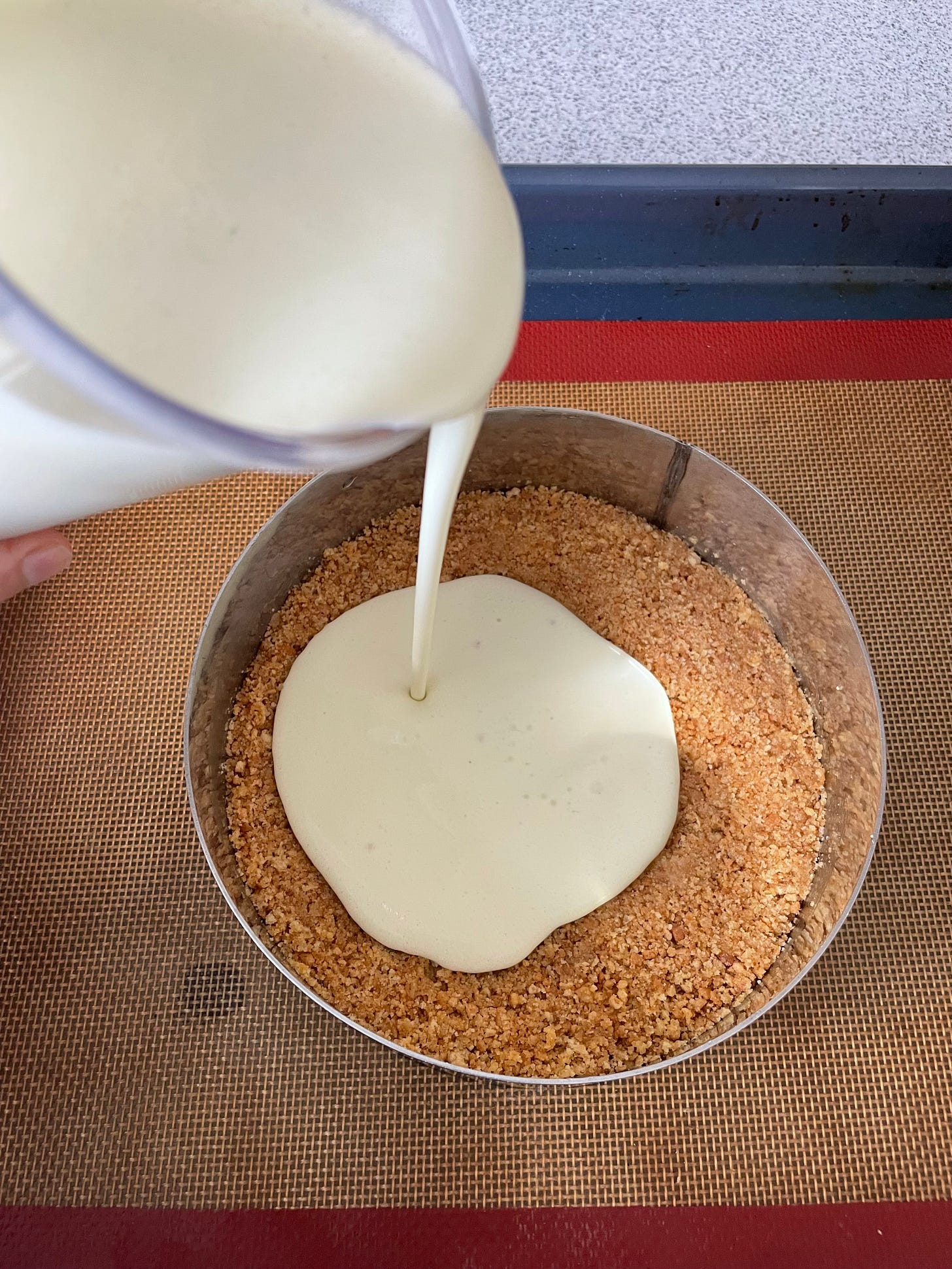
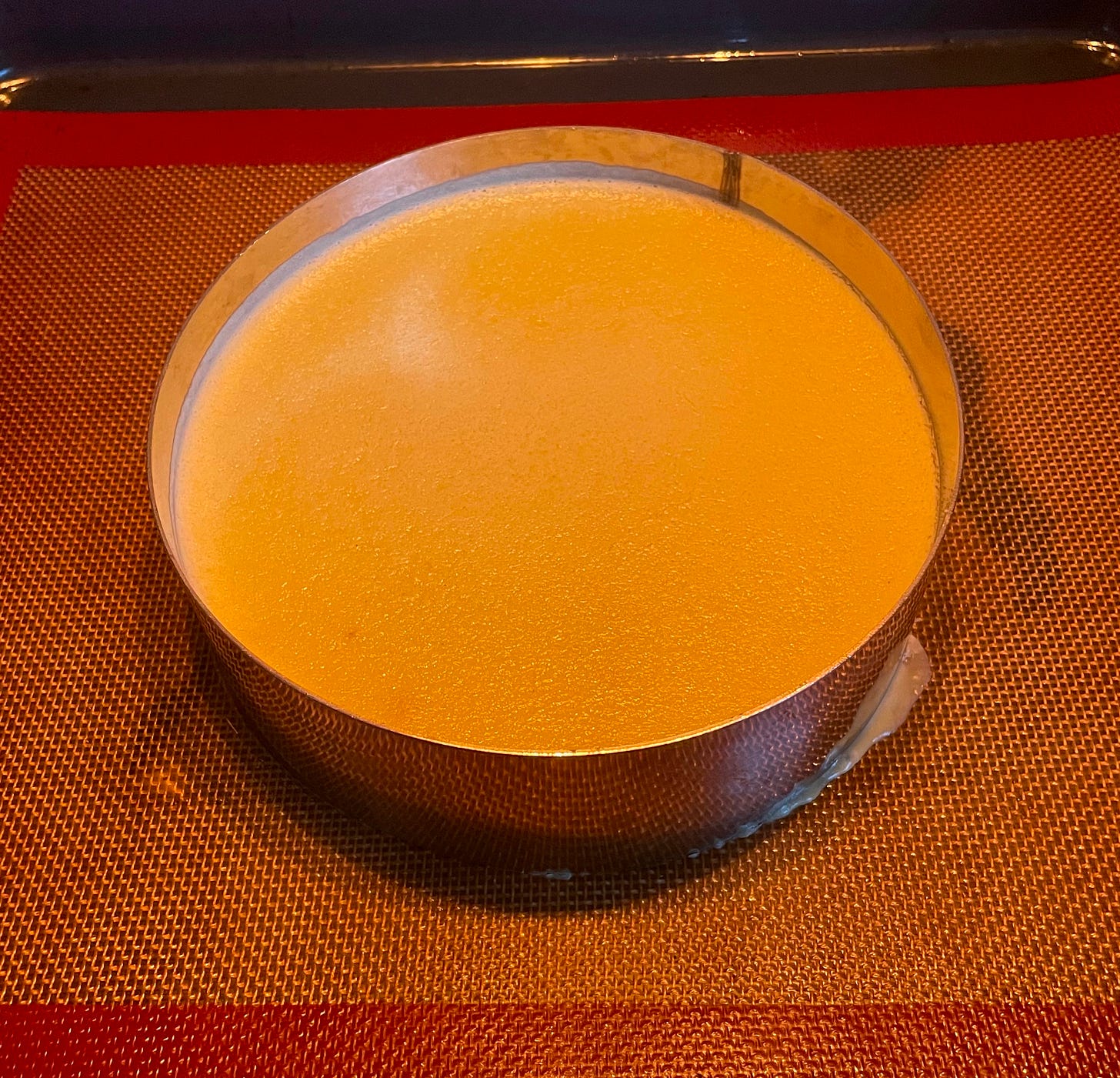

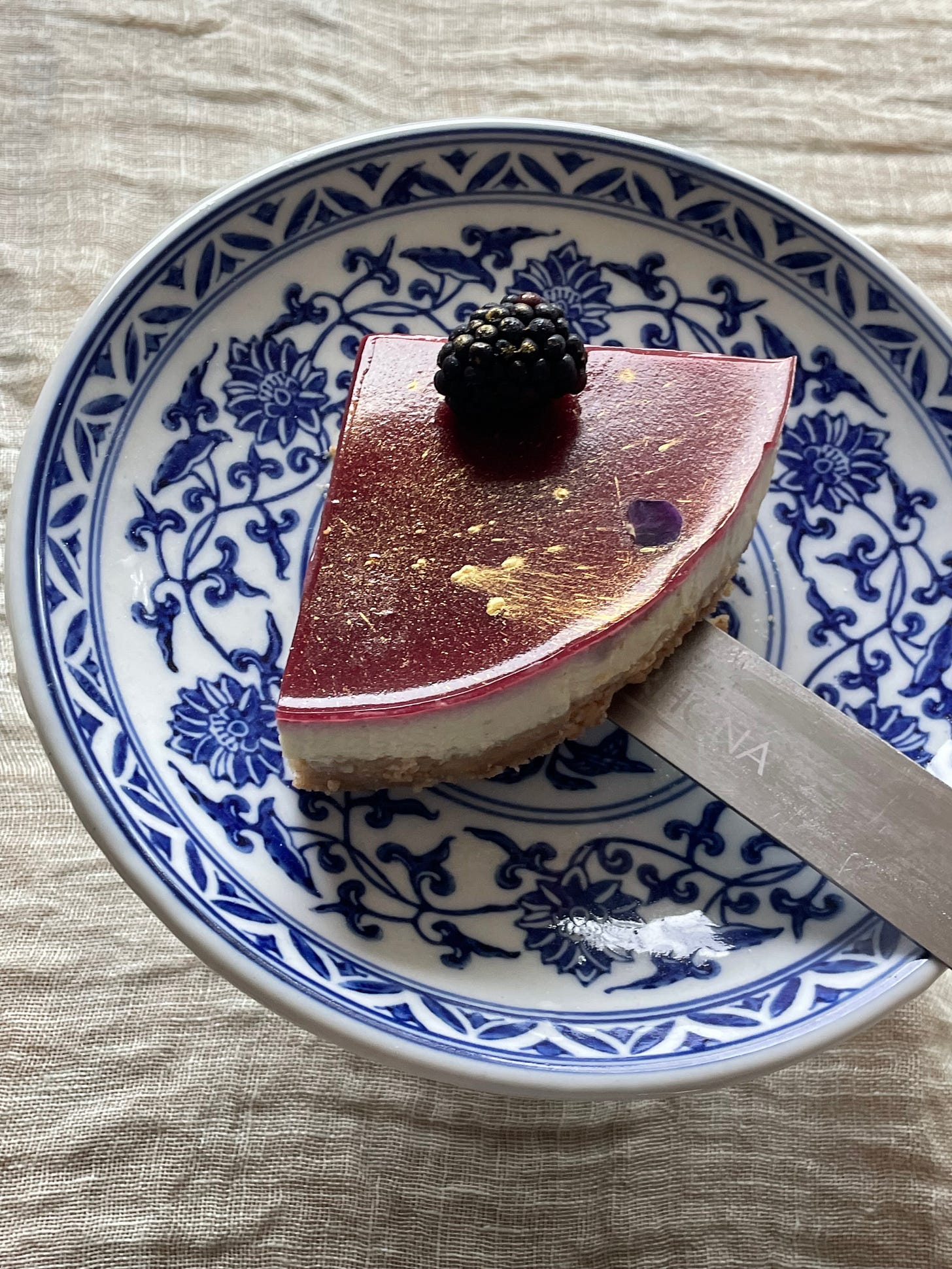

Such a unique recipe! Looks beautiful ♥️
Yum, looks incredible. I absolutely adore figs, and had no idea that we could use the leaves as well! Can’t wait to read more!